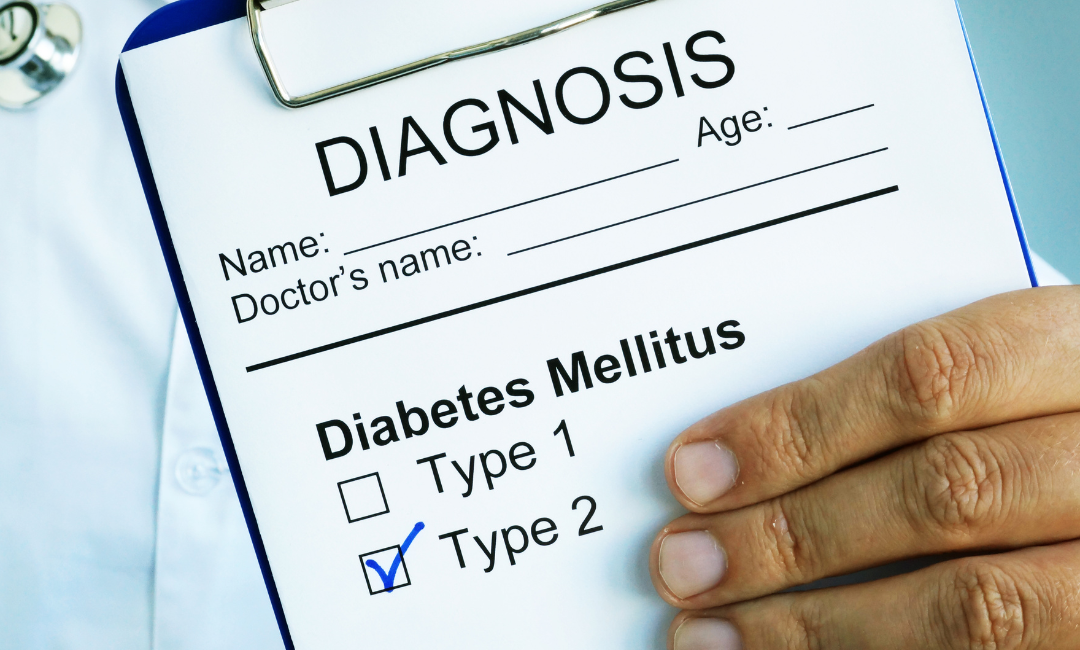Potential Complications
When a patient is on anticoagulant therapy, nurses should monitor for various complications to ensure patient safety. Here are some key complications that nurses should be vigilant for:
Bleeding
Anticoagulants increase the risk of bleeding, so nurses should carefully assess for signs of bleeding, both external and internal. This includes monitoring for excessive bruising, prolonged bleeding from cuts or wounds, bleeding gums, nosebleeds, blood in urine or stool, and signs of gastrointestinal bleeding (e.g., black, tarry stools or vomiting blood). Neurological changes such as severe headaches, altered mental status, or focal neurological deficits may indicate intracranial bleeding.
Hemorrhage
Severe bleeding or hemorrhage is a critical complication that requires immediate medical attention. Nurses should be alert for signs of significant bleeding, such as hypotension, rapid or weak pulse, pallor, cool clammy skin, or signs of shock.
Thromboembolism
While anticoagulants reduce the risk of blood clots, inadequate anticoagulation or missed doses can increase the risk of thromboembolic events. Nurses should monitor for signs and symptoms of deep vein thrombosis (DVT), such as leg pain, swelling, warmth, or redness, as well as signs of pulmonary embolism (PE), including sudden shortness of breath, chest pain, and rapid breathing.
Adverse Reactions
Some patients may experience adverse reactions or hypersensitivity to anticoagulant medications. Nurses should be attentive to signs of allergic reactions, such as rash, itching, hives, difficulty breathing, or swelling of the face, lips, tongue, or throat. Additionally, they should assess for other drug-related side effects such as nausea, vomiting, dizziness, or changes in liver function.
Drug Interactions
Anticoagulants can interact with other medications, leading to altered anticoagulation effects or increased bleeding risk. Nurses should review the patient’s medication profile and be alert for potential drug interactions. They should encourage patients to inform them about any new medications or supplements they may be taking to prevent adverse interactions.
INR Monitoring
Nurses should ensure that patients on anticoagulant therapy undergo regular INR monitoring as prescribed by the healthcare provider. They should be familiar with the target INR range for the specific indication and anticoagulant being used and communicate any significant changes to the healthcare team.
Education and Compliance
Nurses should assess the patient’s understanding of anticoagulant therapy, including medication adherence, dietary restrictions (if applicable), and precautions to minimize bleeding risk. They should address any knowledge gaps, reinforce education, and provide resources for ongoing support and education.
Falls and Injury Prevention
Anticoagulants can increase the risk of bleeding from falls or injuries. Nurses should assess the patient’s mobility, help as needed, and implement fall prevention strategies, such as keeping the environment free from hazards and using assistive devices when necessary.
Regular communication with the healthcare provider is vital to report any changes in the patient’s condition, complications, or concerns related to anticoagulant therapy. Prompt identification and management of complications can help minimize risks and optimize patient outcomes.









